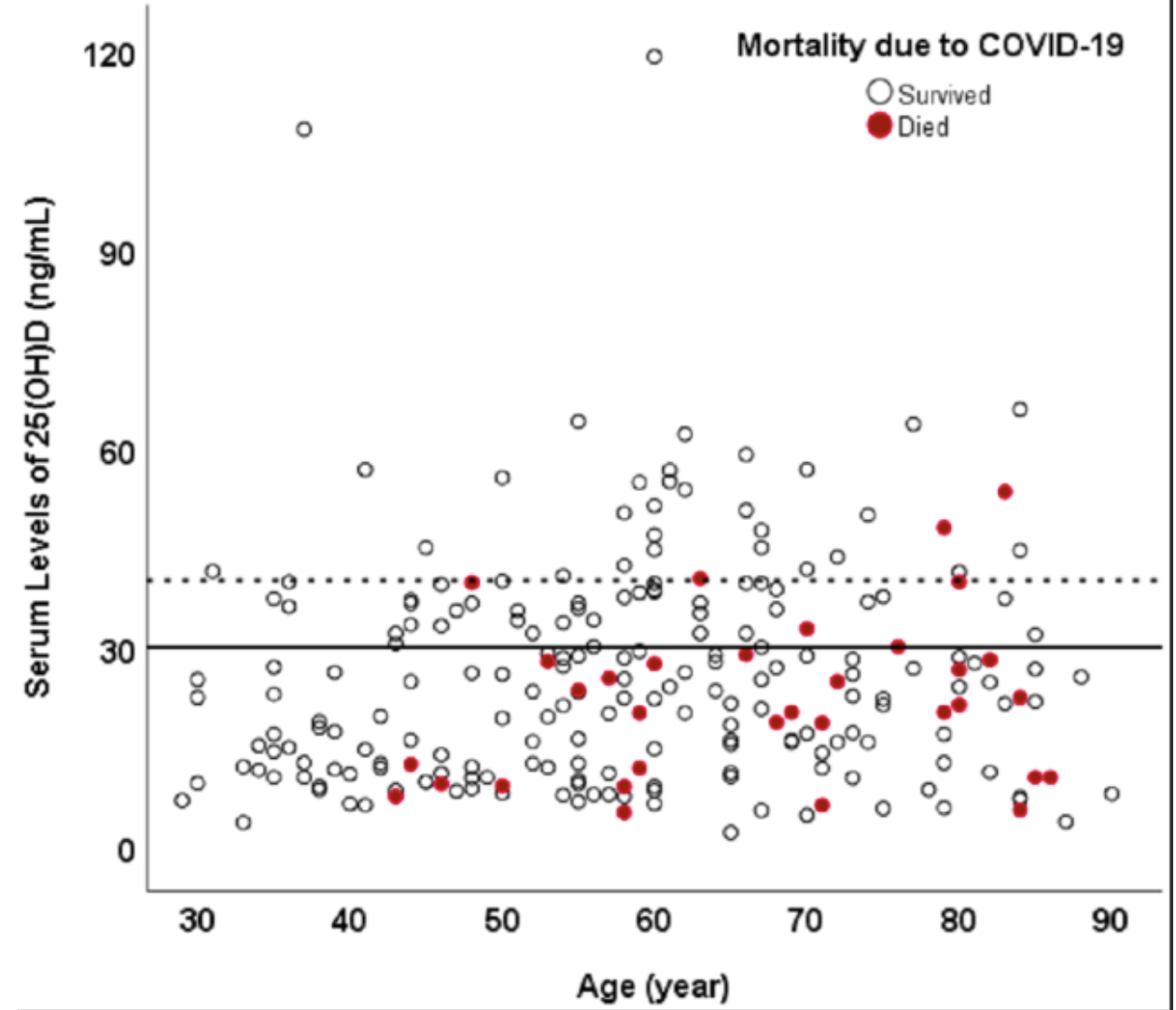Earlier this week I wrote about what appears to be a fall in the fatality rate from Covid. Part of the reason for the fall, I wrote, was that treatments for patients have improved. I listed a few — proning, use of anticoagulants, dexamethasone.
A few people, though, asked me why I hadn’t mentioned vitamin D. They seemed quite excited about it; a few even DMed me on Twitter, or emailed me, which is unusually high-effort for people replying to pieces I’ve written.
Vitamin D has been mooted for a long time as a treatment, or more accurately a prophylactic, for Covid-19. The former Brexit secretary David Davis was tweeting about it in May and July, calling for the British government to do “what Sweden, Finland and the USA do and fortify flour and milk with vitamin D to help protect the most vulnerable”. A report commissioned by Sir Patrick Vallance in July recommended its use.
But it’s been back in the news lately after a study was published in the journal PLOS One last week. “Vitamin D ‘cuts chance of coronavirus death by half’, study finds’, said the Evening Standard.
That study found, according to its abstract, that among patients over 40 who had normal levels vitamin D in their bloodstream, 9.7% died; of those who had low levels, 20% died. Which seems, on the face of it, pretty conclusive.
But it’s not a study that I would put much weight on. For one thing, it had a very small sample size — it looked at 611 patients, but as one epidemiologist has pointed out, vitamin D status was only recorded for 235 of them, and the study looked at just 150 of those. Only 34 people appear to have died, so you’re really only looking at an effective sample size of 34.
And that 34 leads to an extra complication: the data-detective psychologist Nick Brown notes a weird inconsistency. They say there were 206 subjects over 40, and 16.3% of them died. But 16.3% of 206 is 33.6 people. You could have 16% of people die (33) or 16.5% (34), but it’s hard to see how 33.6 people could have died. “Sloppy COVID-19 science as usual,” harrumphs Brown.
On that note, I counted the little red dots on the graph below, and I got to 33. So maybe that’s the right number. We shouldn’t have to do that, though, and besides, as Brown points out, there are only 228 dots in total, not 235 as the study reported. So there seems to be seven missing, and one of them might or might not be red. “Sloppy all the way down,” says Brown.
And lastly, when you look at the actual relationship between blood concentrations of vitamin D and mortality, it seems incredibly weak. This chart does not scream “silver bullet” to me:

So I certainly wouldn’t go calling for any major policy changes off the back of this paper.
As I said, this vitamin D link has been touted for ages, but as the same epidemiologist wrote back in May, almost all the research into it is terrible: tiny samples, bad statistical tests, confused analyses. (One study “got their analysis entirely the wrong way around, so instead of looking at whether Vitamin D prevented deaths from coronavirus they looked at whether death from coronavirus impacted Vitamin D levels”).
Perhaps there is some link, and perhaps vitamin D supplements will provide some level of protection. But the idea that this is the big thing we’ve all been missing just doesn’t seem to stand up. For some reason, though, it has attracted some really enthusiastic fans, and some undeserved headlines.










Join the discussion
Join like minded readers that support our journalism by becoming a paid subscriber
To join the discussion in the comments, become a paid subscriber.
Join like minded readers that support our journalism, read unlimited articles and enjoy other subscriber-only benefits.
Subscribe